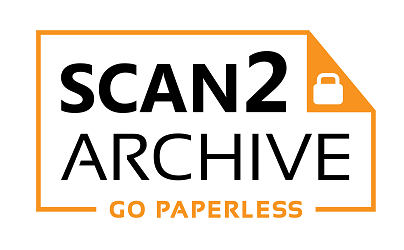DIGITISATION 101 FOR EDUCATION PROVIDERS: ALL ABOUT YOUR DIGITAL STORAGE OPTIONS
Education providers generate a substantial amount of records. Student files, employment records, research papers along with the regular stream of invoices, receipts, and other financial documents. These can quickly pile up, especially as these records need to be stored for future reference.
Just handling the volume can easily strain the resources of educational providers. The good news is – there are options, by adopting digitised document scanning and storage, education providers can free up those resources and use them to invest in their people or processes instead.
Document scanning services like the services provided by Scan2Archive assist education providers by offering document scanning solutions that can be tailor-fit to their needs.
After consulting with you and determining the requirements, your files can be securely transferred from your location to Scan2Archive’s facilities to commence your project. Alternatively, you may have the need for onsite scanning, this can also be arranged. Your files and records will then be carefully prepared and scanned by our professional team at your premises.
You can also choose which file format you’d like your records to be output as. PDF, TIFF files, and JPG files are the most popular formats Scan2Archive provide to customers. Each format has pros and cons that should be considered when deciding on which format your organisation needs.
For example, Portable Document Format (PDF) is the most versatile format. PDF files can be single or multiple pages. Applying Optical Character Recognition (OCR) techniques can also make them searchable so that information can be easily accessed using keywords.
Tagged Image File Format (TIFF or TIF) is another option that is best suitable to output high-quality files. Examples include historical documents or other highly detailed documents. TIFs can also be single or multiple pages, but cannot be made searchable. TIF files can take up more storage space because of their lossless compression technique, which preserves image data and quality.
Last but not least is JPG. JPEG or JPG stands for the Joint Photographic Experts Group who created the standard in 1992. JPGs are typically used for photos and are also not searchable. As with TIF, these files are not searchable but are highly compressible. Best used for photographs or documents where sharp contrasts are minimal, JPGs are also limited to single-page files.
DIGITAL SCANNING FOR SCHOOL RECORDS
Backed by years of experience, Scan2Archive has been Quality Accredited and audited to AS/NZS ISO 9001:2015 standard. Contact Scan2Archive today to learn more about our document scanning and digital file storage services for your educational institution’s needs.




